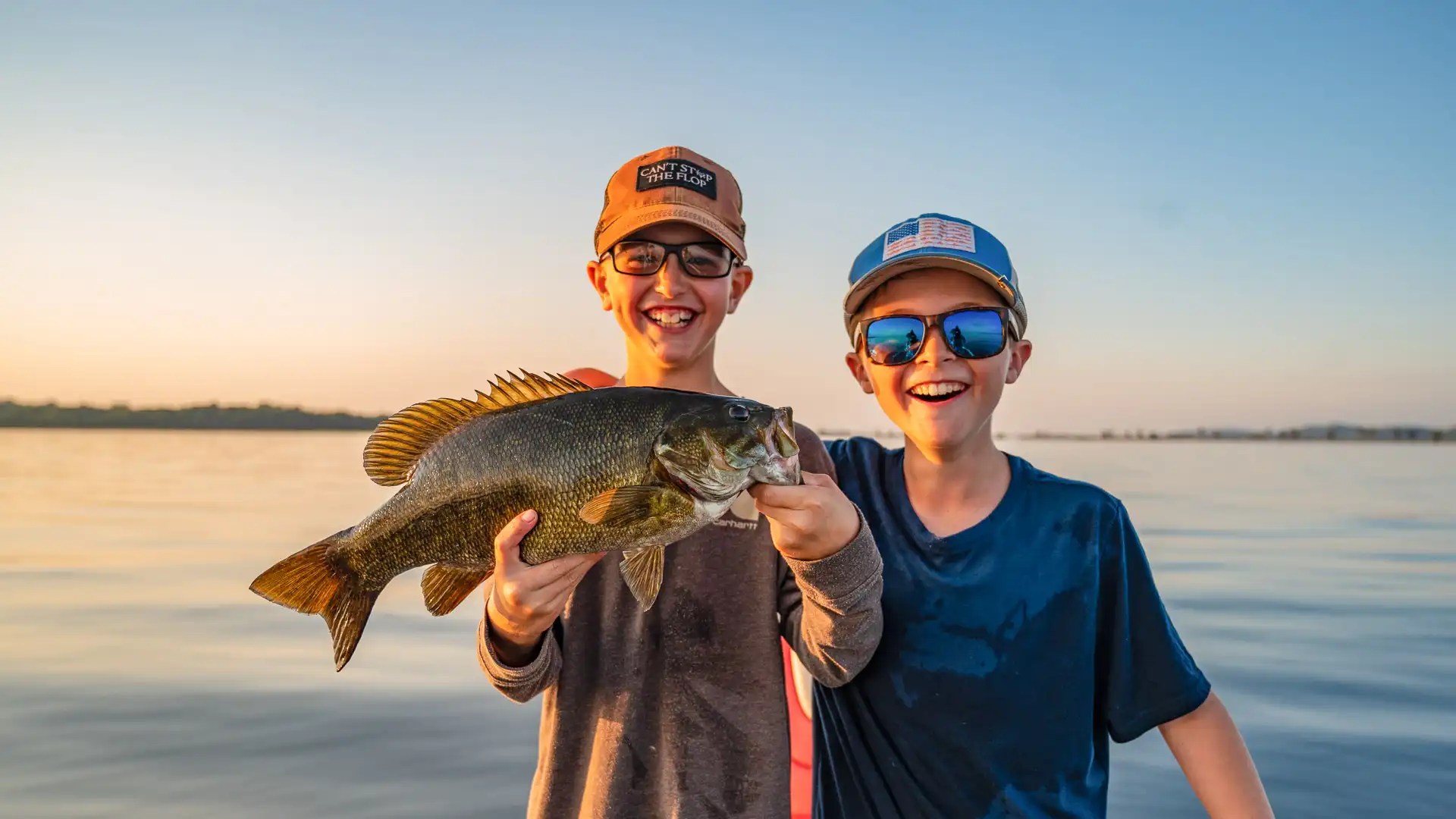
Regardless of skill level, all anglers get enjoyment from catching fish and taking a photograph. Whether you just caught your first fish or your biggest fish, or you want to look back and enjoy a memory, taking a quality fishing photo will be something you will be glad you did. With cellphones packing high-quality cameras, flashes and different zoom options, there is no reason not to document that catch of a lifetime.
However, not all photos are the same. Regardless of whether you are using your phone or an expensive DSLR or mirrorless camera, there are several things you can do to get the most from your images and help preserve the moments you want to look back on. These seven tips will help you take the best fishing photos possible, regardless of where your adventure takes you.
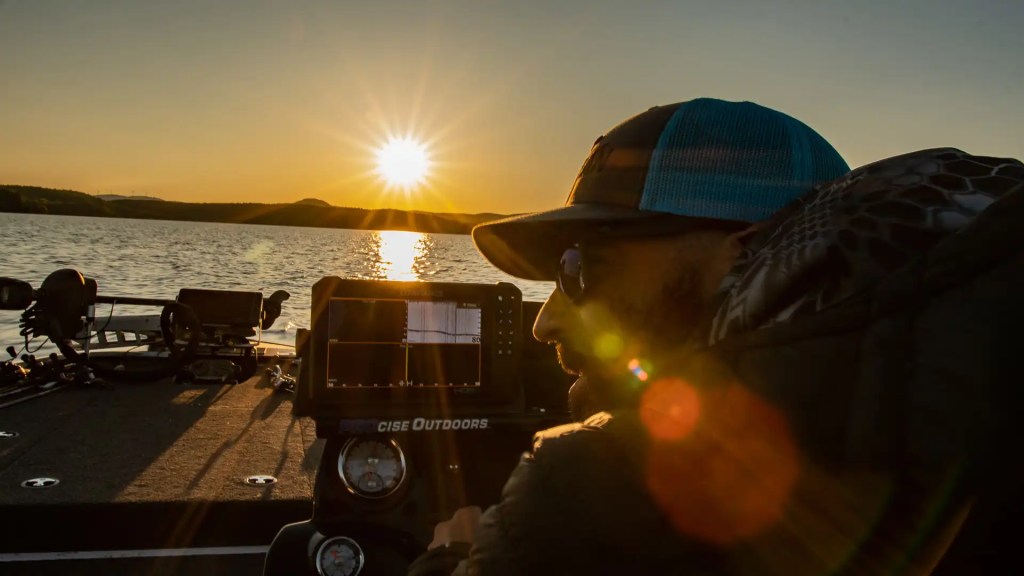
Use the sun
That’s right — there is no better lighting than natural lighting, and there are several ways to use it to your advantage. The two common ways are to position yourself either in front of the sun so it’s lighting the subject or directly behind the sun to backlight the subject. The obvious and best choice is to use the sun to light up the subject so you can get the proper exposure.
Here is an example of a photo where the light is cast on the angler and the fish, resulting in a properly exposed and clean fish picture. As you can see, with the shadows cast, the sun is directly above and provides adequate light for the photo.
When the sun is behind the subject, it becomes more of a silhouette situation and the subject is backlit due to the sun being behind. However, in some situations it makes for a supercool look. During the day, the sun at the subject’s back is not as big of an issue since the ambient light does enough of a job to expose the subject. When it’s first light in the morning or last night in the evening, the ambient light is a lot less effective and the subject can appear darker. With a high-quality camera, you can usually brighten your images and shadows enough to bring some light to the subject while still showing the sun rays in the background.
With an iPhone, the sensors in the phone will usually automatically adjust the subject, which is quicker and easier than using a high-quality camera as there is less work to do afterward to expose the photo.
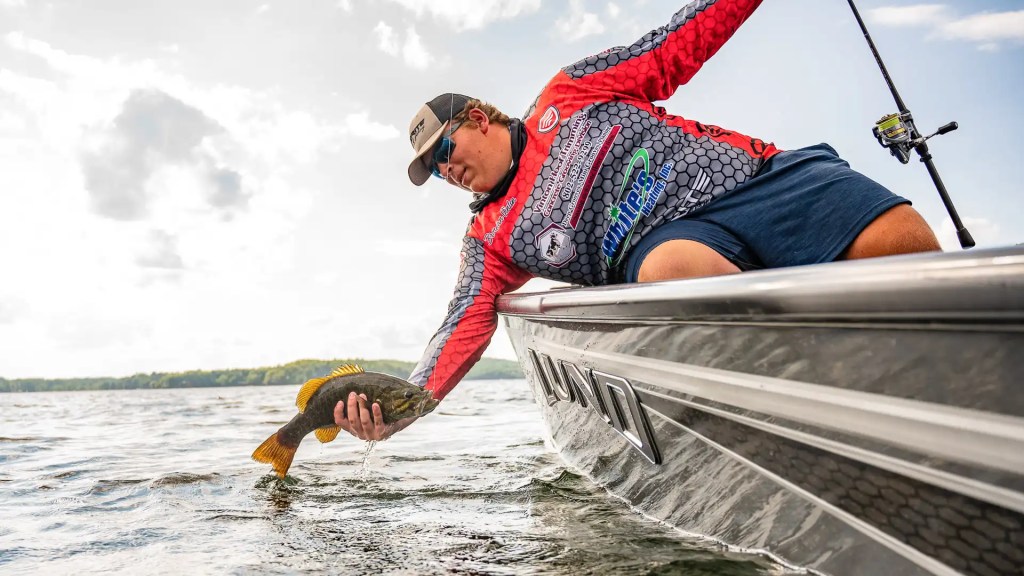
Stay ready
You can’t take a photo if the camera is not ready for use. Regardless of whether it’s a cellphone or a camera and lens, if it isn’t available, you will continue to miss opportunities to record your catch. Keeping the health of the fish in mind, it is important to land the fish, remove the hook and release the fish back into the water or place it into the livewell with proper aeration. Keeping the fish out of the water while you fumble around for the camera is improper handling of the fish and does no good for the fish’s health.
Make a plan and be ready. If you are fun fishing and practicing catch and release, make it a priority to have a system down that allows you to release the fish in a short time. If you are planning to catch a few fish for a meal, the timing is less important, but you still want to make sure you capture a photo where the fish is fresh and not dead.

Mix it up
This one takes some effort and creativity but oftentimes is super rewarding. When someone on the boat, especially a kid, hooks into a fish, grab the camera and start shooting. Photos of people casting, fighting fish, landing fish and, of course, holding fish often produce a variety of emotions and only add to the story.
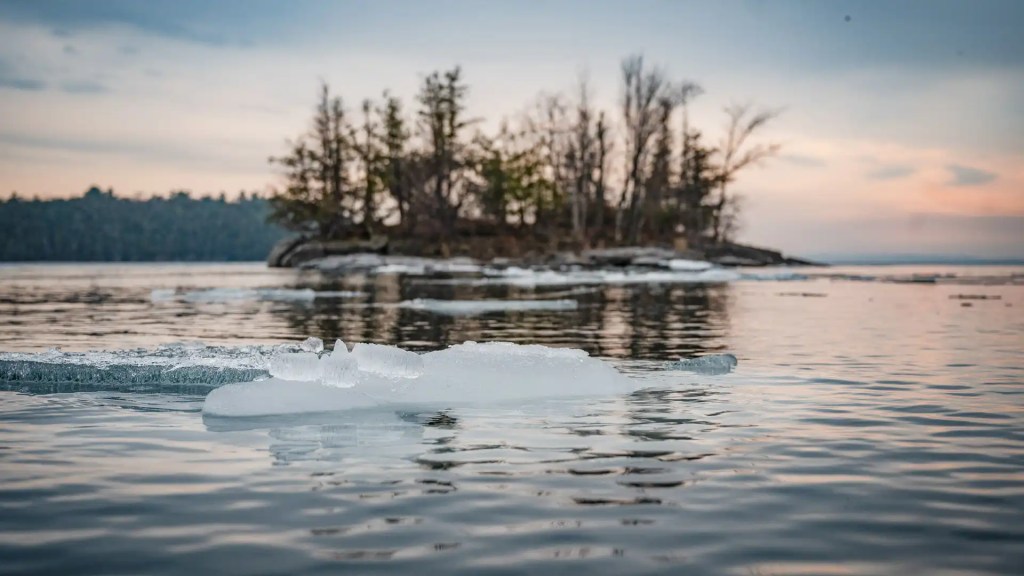
Don’t forget the scenery
Not every trip is successful, but one thing is for certain – being on the water enjoying Mother Nature is a blessing, and more times than not the things you encounter are just as memorable as catching fish. For example, sunrise and sunset from the water are some of the best views around. Other things to photograph would be cool cloud formations, mountain scenes and other wildlife. Whatever it is, make sure to capture whatever your adventure brings your way.
The other thing to ensure you will look back and remember your experience on the water is emotion. Capturing the reaction to a kid’s first fish or the family having fun is something you will be glad you did. Enjoy all of the moments on the water, not just the catching part.
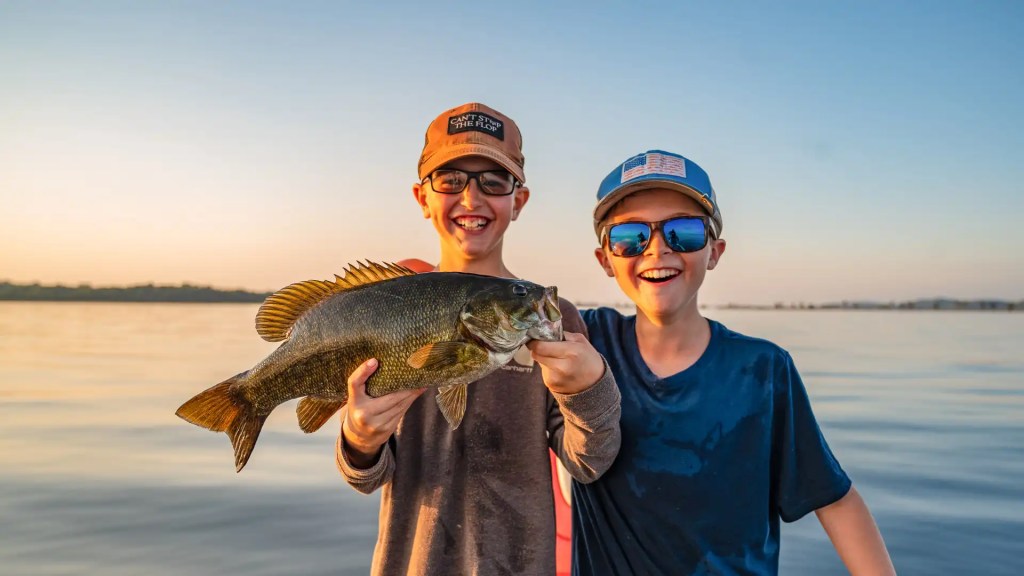
Avoid clutter
This is less important than other things, but to take your photos to the next level, do your best to avoid cluttered photos by removing unnecessary background items. Removing items such as life vests, any food or drinks, tackleboxes and general boating items will help keep the focus on the main subject.
Keeping your photos free and clear of clutter will ensure a frame-worthy photo will come out of your next trip with friends and family. Taking the time to remove unnecessary items from the background or taking the photo without showing the extra gear will result in a much better photo.

Choose your focus
Another thing that sounds so simple to avoid but is often seen on social media is an improperly focused photo of somebody holding a fish. Whether you are using an iPhone or a fancy camera, make sure to focus on the subject. Oftentimes when holding a fish, the camera will automatically focus on the angler holding the fish and the fish is blurry. Take the time to tap and secure a good focus. Make sure your framing is correct, and take several photos to ensure you capture the best image possible.

Long arm them (or not)
We hear this all the time: Holding the fish out to make them look bigger is a common theme with anglers, but the reality is, there is a lot of benefit to getting them closer to the camera. First off, on the photography side, it adds depth to the image and changes the entire perspective. By getting the fish close to the camera, the fine details of the fish really pop, making for a unique perspective.
On the other hand, by no means is it a deal breaker. Wider-angle shots provide more of a perspective of the surrounding environment, which is sometimes the goal if the scene and landscape are worthy of it.
Regardless, don’t let anyone tell you what is right or wrong. The images and the experience are yours, and the fish will still weigh and measure the same, no matter how the photo is taken — so experiment with creativity.






